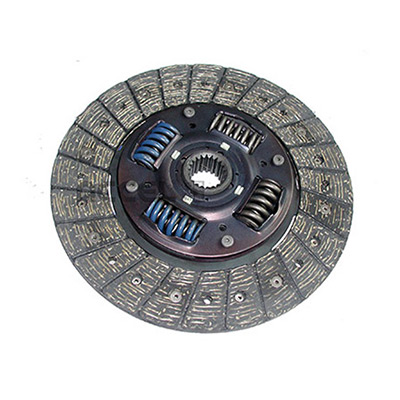Mobile:+86-311-808-126-83
Email:info@ydcastings.com
impeller types
Understanding Impeller Types A Guide to Efficient Fluid Motion
Impellers are critical components in various engineering applications, particularly in pumps and turbines. They play a vital role in converting rotational energy into fluid motion, facilitating the transportation of liquids and gases in countless industries, from water treatment to oil refining. Understanding the different types of impellers and their specific applications can significantly enhance system performance and efficiency.
1. Radial Impellers
Radial impellers are designed to impart energy to the fluid primarily in a radial direction, pushing the fluid away from the center of the impeller. This design is often used in centrifugal pumps, where the fluid enters the impeller axially and exits radially. Radial impellers are known for their high efficiency and ability to handle a wide range of flow rates. They are commonly used in applications such as water supply, irrigation, and chemical processing.
2. Axial Impellers
In contrast to radial impellers, axial impellers move fluid along the axis of rotation. They generate force by drawing the fluid into the center and pushing it out towards the discharge area in a linear manner. Axial impellers are less effective for high head applications but excel in applications requiring high flow rates with lower pressures. They are frequently found in large-scale applications, such as wastewater treatment facilities and cooling water systems in power plants.
Mixed flow impellers combine features of both radial and axial designs. These impellers can move fluid in both a radial and axial direction, making them versatile for a variety of applications. They are particularly useful in situations where both high flow rates and moderate head are required. Mixed flow impellers are commonly used in medium and high-capacity pumps and in certain applications within the petrochemical industry.
impeller types

4. Open and Closed Impellers
Another classification of impellers is based on their design — open and closed impellers. Open impellers consist of blades that are directly exposed to the fluid and do not have covering shrouds. This design allows for easy passage of solids within the fluid, which is beneficial in applications dealing with slurries or viscous mediums. Closed impellers, however, have blades enclosed by a shroud, providing better efficiency and higher pressure capabilities. They are often the choice for clean, low-viscosity fluids.
5. Specialized Impellers
In addition to the standard types, there are specialty impellers designed for specific applications. For example, screw impellers are used in applications requiring a progressive flow, such as in certain types of pumps for food processing and sludge transport. Vortex impellers create a low-pressure area that assists in moving high-viscosity fluids, making them suitable for heavy industrial applications.
Choosing the Right Impeller Type
When selecting an impeller type, several factors must be considered, including the nature of the fluid being moved, the required flow rate and pressure, and the operating environment. Each type of impeller has its strengths and weaknesses, making it important to match the impeller to the specific requirements of the application to ensure optimal performance.
Conclusion
In summary, understanding the various types of impellers is essential for engineers and operators in fluid handling applications. By knowing the differences between radial, axial, mixed flow, and specialized impellers, professionals can make more informed decisions that lead to better efficiency, reduced operational costs, and enhanced reliability in their systems. Whether for industrial, municipal, or agricultural purposes, the right impeller choice can make a significant difference in performance outcomes. Investing time in the analysis and selection of the proper impeller type ultimately fosters improved fluid dynamics and operational success.
-
Why Should You Invest in Superior Pump Castings for Your Equipment?NewsJun.09,2025
-
Unlock Performance Potential with Stainless Impellers and Aluminum End CapsNewsJun.09,2025
-
Revolutionize Your Machinery with Superior Cast Iron and Aluminum ComponentsNewsJun.09,2025
-
Revolutionize Fluid Dynamics with Premium Pump ComponentsNewsJun.09,2025
-
Optimizing Industrial Systems with Essential Valve ComponentsNewsJun.09,2025
-
Elevate Grid Efficiency with High-Precision Power CastingsNewsJun.09,2025











